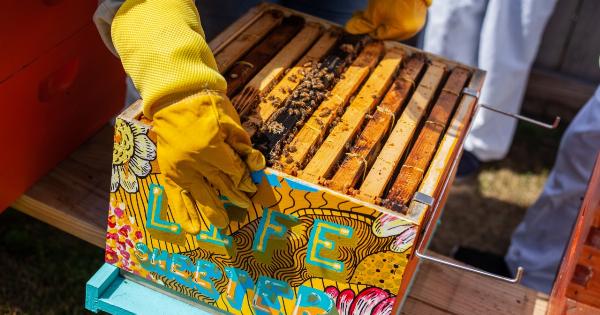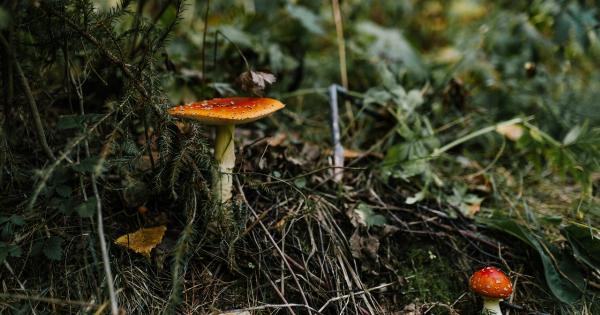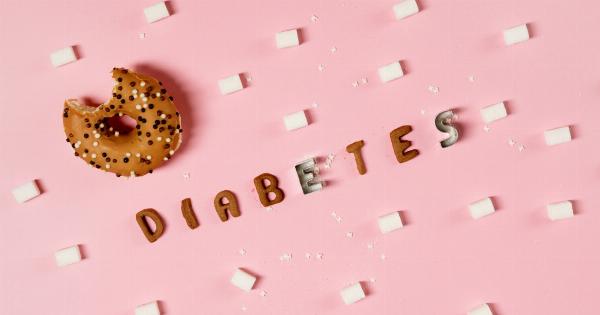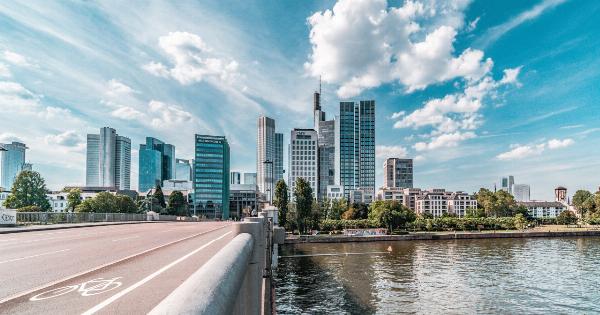As we go about our daily lives, we consume a huge range of products and resources. From the food we eat, to the clothes we wear and the cars we drive, consumption is an integral part of modern society.
However, our consumption habits can have a significant impact on the environment, leading to issues such as pollution, deforestation, and climate change. In this article, we will explore the impact of the environment on our consumption, and look at ways in which we can reduce our environmental impact while still enjoying the products and resources we need.
Deforestation and the Production of Wood Products
Deforestation is a major environmental issue that is linked to our consumption habits. Many of the products we use on a daily basis, such as paper, furniture, and building materials, are derived from wood.
However, the production of these products can have a devastating impact on the environment. Deforestation leads to the loss of habitat for endangered species, increases carbon emissions, and disrupts local ecosystems.
One way to reduce the environmental impact of our consumption is to choose products made from sustainable materials. For example, instead of buying furniture made from wood, look for products made from bamboo, which is a highly renewable resource.
Similarly, choose recycled paper products, and try to use digital documents whenever possible to reduce the amount of paper waste you produce.
The Impact of Transportation on the Environment
Transportation is another major contributor to environmental damage. Every time we drive our cars, fly on a plane, or take public transportation, we emit greenhouse gases into the atmosphere.
These emissions contribute to the Earth’s warming climate, leading to issues such as rising sea levels and more frequent natural disasters.
To reduce the environmental impact of our transportation habits, there are a number of steps we can take. For example, try to use public transportation or carpool with others whenever possible.
If you must drive, choose a fuel-efficient car, and keep it well-maintained to reduce emissions. Additionally, consider offsetting the carbon emissions from your travel by investing in renewable energy or planting trees.
The Environmental Impact of the Food We Eat
Food production is another major driver of environmental damage.
The agricultural industry is responsible for a large share of greenhouse gas emissions, and the production of animal products such as meat and dairy has been linked to issues such as deforestation, water pollution, and the depletion of natural resources.
To reduce the environmental impact of your diet, consider choosing plant-based foods instead of meat and dairy products. Try to buy organic produce grown locally, and avoid buying single-use plastic packaging.
Additionally, consider starting your own vegetable garden or composting food waste to reduce your environmental impact.
The Impact of Consumer Culture on the Environment
Finally, the consumer culture that drives our consumption habits can have a significant impact on the environment.
The constant need for new products and the disposability of many modern products means that we produce a huge amount of waste that often ends up in landfills or polluting the environment.
To reduce the environmental impact of our consumer culture, we must shift towards a more sustainable model of consumption.
This could include choosing products that are made to last, repairing items instead of replacing them, and supporting companies that prioritize sustainability and environmental responsibility. Additionally, we can reduce our personal consumption by reusing and repurposing items, and by participating in initiatives such as clothing swaps or toy libraries.
The Bottom Line
Our consumption habits have a significant impact on the environment, and it is up to us to take responsibility for our actions.
By choosing sustainable products, reducing our carbon emissions, cutting back on meat and dairy, and shifting towards a more sustainable model of consumption, we can help to reduce our environmental impact and create a more sustainable future for ourselves and for future generations.































